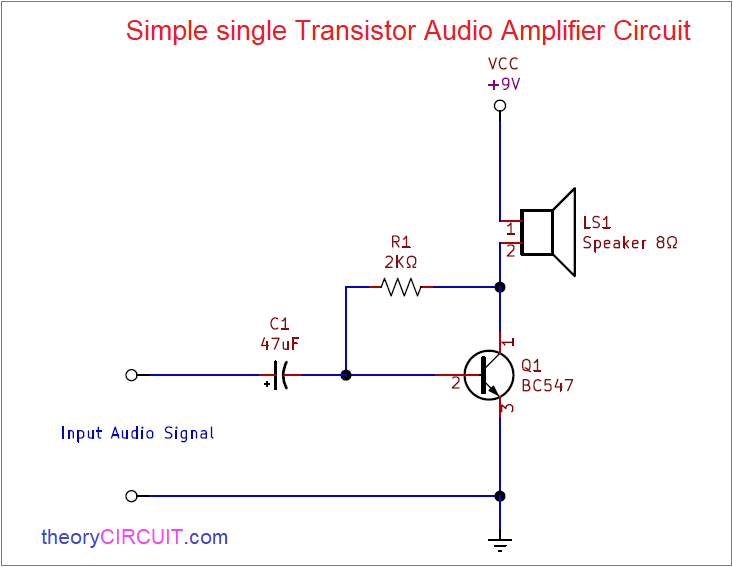
How to Build a Simple Transistor Amplifier
Are you interested in building your very own transistor amplifier? Look no further! In this article, we will guide you through the steps to create a simple transistor amplifier from scratch. Transistor amplifiers are essential components in electronic devices, and understanding how to build one can be a valuable skill. So, grab your tools and let’s get started!
Step 1: Gather Your Materials
Before you begin building your transistor amplifier, make sure you have all the necessary materials on hand. Here is a list of what you will need:
- Transistor (such as NPN or PNP)
- Resistors
- Capacitors
- Power source (battery or adaptor)
- Wires
- Breadboard
- Soldering iron
- Multimeter
Step 2: Design Your Circuit
Once you have gathered all your materials, it’s time to design your transistor amplifier circuit. Start by researching different circuit designs online or in electronics books. Pay attention to the specifications of the transistor you are using and ensure that your circuit design is compatible.
After you have a circuit design in mind, use a breadboard to prototype your circuit before soldering it together. This step will help you identify any potential issues and make adjustments as needed.
Step 3: Assemble Your Circuit
Once you are satisfied with your circuit design, it’s time to assemble your transistor amplifier. Start by placing the components on the breadboard according to your design. Make sure to double-check your connections before proceeding.
After you have assembled your circuit on the breadboard, use a soldering iron to secure the connections. Be sure to solder each connection carefully to avoid any shorts or loose connections that could affect the performance of your amplifier.
Step 4: Test Your Amplifier
With your circuit assembled and soldered, it’s time to test your transistor amplifier. Connect a power source to your circuit and use a multimeter to measure the output voltage. Adjust any resistors or capacitors as needed to achieve the desired amplification.
Once you have tested your amplifier and are satisfied with its performance, you can now use it in your electronic projects or experiments. Congratulations, you have successfully built your own transistor amplifier!
Conclusion
Building a simple transistor amplifier is a rewarding and educational experience for electronics enthusiasts. By following the steps outlined in this article, you can create your own amplifier and gain a better understanding of how amplifiers work.
Remember to continue experimenting with different circuit designs and components to further expand your knowledge and skills in electronics. Happy building!
Was this helpful?
0 / 0